Pangong lake India- A Moraines Feature That formed in the last Ice Age
Pangong lake India
Pangong Tso, also known as Pangong Lake, is a high-altitude lake located in the Ladakh region of Jammu and Kashmir, India. The lake is situated at an altitude of about 4,350 meters above sea level and is about 134 km long, extending from India to China. The lake is known for its clear blue waters and stunning mountain scenery, attracting tourists from all over the world. Visitors can enjoy here many activities such as camping, trekking, and wildlife watching in the surrounding areas. There are several campsites and guesthouses located near the lake where Travellers can stay overnight and enjoy the stunning views of the lake and surrounding mountains. However, it is important to note that the lake is located in a remote area, so visitors should be prepared for cold and harsh weather conditions and take precautions to prevent altitude sickness.
In recent years, the government of India has implemented several measures to protect the fragile ecosystem of the Pangong Lake Ladakh, including restrictions on camping and boating activities, and a ban on single-use plastic items. Visitors are encouraged to follow responsible tourism practices and respect the environment and local communities. Pangong lake map- Pangong lake map showing the location and Major places.
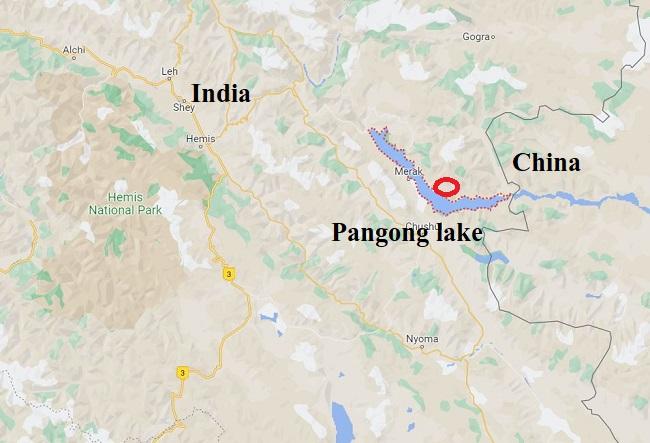
Pangong Lake Geology
Pangong Lake India is located in the Himalayan mountain range, which is one of the youngest and most active mountain ranges in the world. The Himalayas were formed by the collision of the Indian and Eurasian tectonic plates, which started around 50 million years ago and are still ongoing. The collision resulted in the upliftment of the Himalayas, including the Ladakh region. The Ladakh region, including Pangong Lake, has been shaped by glacial processes. During the last ice age, which ended around 10,000 years ago, glaciers covered much of the region and deposited sediment in the valleys and basins. The lake was formed by a glacier that carved out a U-shaped valley and left behind moraines, which are piles of rocks and debris left behind by the retreating glacier. The rocks surrounding Pangong Lake are predominantly sedimentary mostly sandstone, siltstone, and shale, with some limestone and conglomerate formations. These rocks have been uplifted and folded by tectonic forces, resulting in unique rock formations that are visible around the lake.
Pangong lake weather
The weather at Pangong Lake can vary greatly depending on the season. The lake is located at a high altitude and experiences a cold desert climate, which means that it is generally dry and sunny with low humidity. Spring (March to May) is a good time to visit Pangong Lake as the weather is mild and pleasant. Summer (June to September) is the peak tourist season at Pangong Lake, as the weather is warm and sunny during the day with cool temperatures at night. There can be occasional rain showers or thunderstorms during this season. Winter (December to February) is the off-season for tourism at Pangong Lake India, as the weather is very cold and harsh. The lake may even freeze over during this season, and heavy snowfall can make travel difficult. Only experienced travelers should attempt to visit during this time.
Also, read- The Fascinating ‘Hemis Monastery’ in Alpine Forest India
Pangong Lake temperature- The temperature of Pangong Lake Ladakh varies depending on the season. In summer the temperature ranges from 10°C to 20°C during the day and 0°C to 10°C at night. In winter the temperature ranges from -20°C to 0°C during the day and can drop to as low as -30°C at night.
Nubra valley
Nubra Valley is a high-altitude desert located in the Ladakh region of northern India. The valley is located at an altitude of around 3,000 meters above sea level and is known for its scenic beauty, unique culture, and adventure activities. Nubra Valley is known for its stunning natural beauty, including the Hunder Sand Dunes, Pangong Lake, the Diskit Monastery, and the Yarab Tso Lake. The valley is also famous for its unique culture, with many Buddhist monasteries and villages that offer a glimpse into the traditional way of life in the region. Popular activities in Nubra Valley include camel rides on the dunes, trekking to remote villages and monasteries, and exploring the scenic beauty of the region. Adventurous travelers can also try their hand at river rafting, mountain biking, and camping in the valley.
Camps in Pangong Lake
There are several campsites located on the banks of Pangong Lake Ladakh that offer visitors a chance to experience the beauty of the lake up close. These campsites offer a range of amenities and services to make your stay comfortable and memorable. Some popular camps in Pangong Lake are- Pangong Retreat a popular luxury campsite located on the banks of Pangong Lake India. It offers spacious tents with modern amenities such as en-suite bathrooms, heating, and Wi-Fi. The campsite also features a restaurant, a lounge area, and a souvenir shop.

The Pangong Camp is another popular campsite located near Pangong Lake. It offers a range of accommodation options, including tents and cottages. The campsite also features a restaurant, a bonfire area, and a souvenir shop. Redstartours Campsite is located in Spangmik Village, just a few minutes walk from the banks of Pangong Lake Ladakh. It offers comfortable tents with modern amenities such as heating and hot water. The campsite also features a restaurant and a bonfire area. Wonderland campsite is located in the village of Maan in the Pangong Lake area. It offers a range of accommodation options, including luxury tents and cottages. The campsite also features a restaurant, a bonfire area, and a souvenir shop. Himalayan Nest campsite is located in the village of Spangmik and offers a range of accommodation options, including tents and cottages. The campsite also features a restaurant, a lounge area, and a souvenir shop.
Leh to Pangong Lake
The journey from Leh to Pangong Lake is one of the most scenic routes in India, passing through the rugged mountains and high-altitude desert of Ladakh. The most common way to travel from Leh to Pangong Lake is by road. The total distance is around 160 km and takes around 5-6 hours to complete. The route passes through the Chang La Pass, one of the highest motorable passes in the world, and several picturesque villages and monasteries. Travelers can hire a Cab or take a shared Cab from Leh to Pangong Lake. If you’re adventurous, you can also rent a motorcycle in Leh and travel to Pangong Lake. The route is popular among bikers and offers stunning views of the surrounding mountains and valleys. There are also a few buses that operate between Leh and Pangong Lake, although they are less frequent than taxis. The journey takes longer and can be less comfortable than traveling by taxi or motorcycle.
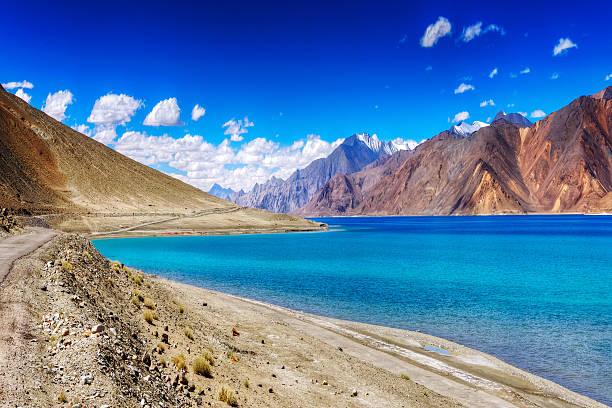
Note that the road from Leh to Pangong Lake is open only during the summer months (May to September), and is often closed during the winter due to heavy snowfall. Leh Airport to Pangong Lake- Leh airport is the Nearest Airport to Pangong Lake India, visitors can take a shared Cab or hire a private car from the city of Leh.

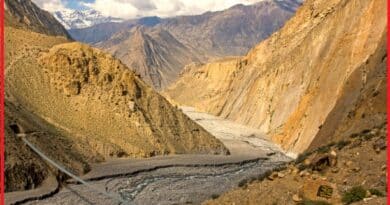
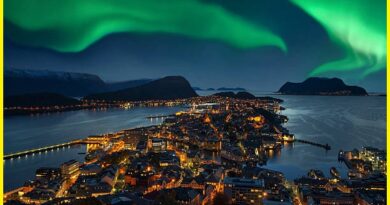
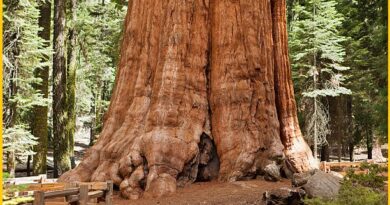
Pingback: Nubra Valley Ladakh, Attraction That Makes You Look Dumb - Geotourism